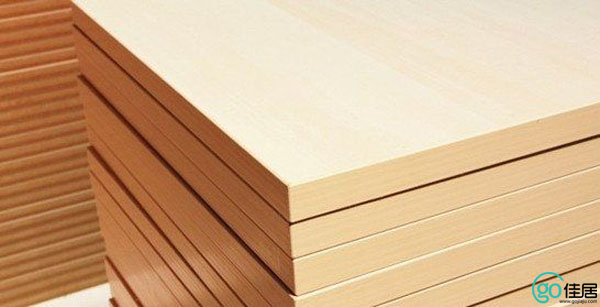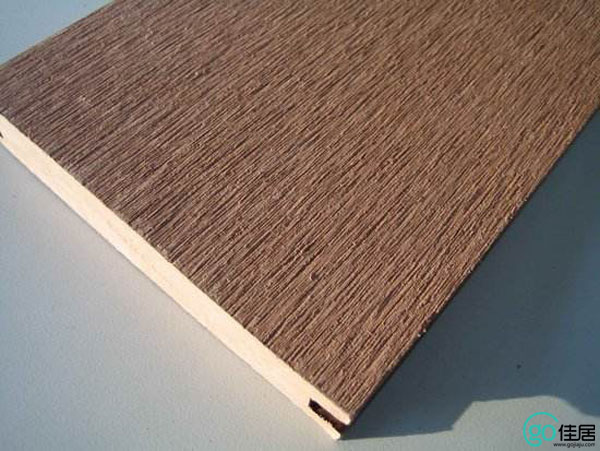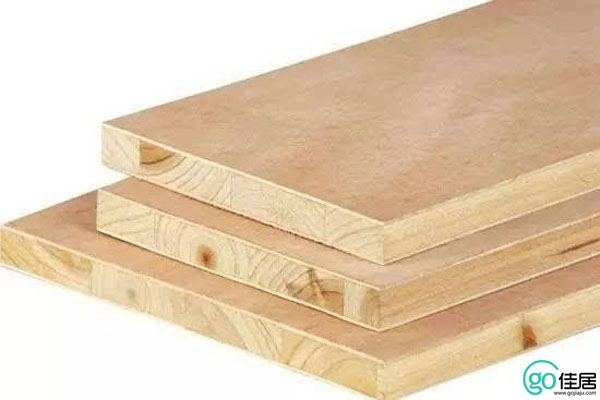In recent years, man-made panels have been applied to various fields of life and production and have contributed to the advancement of mankind. Which type of wood-based board will be better. In response to this problem, Ou Yifeng Furniture Xiaobian feels that after understanding the characteristics of different wood-based panels , they can make their own judgments.

What is artificial board
Wood based panels are wood or other non-wood plants that have been separated into various unit materials through certain mechanical processes, and are either plated or molded with or without the use of adhesives and other additives. It mainly consists of three major categories of products: plywood, shavings, and fiberboards. There are hundreds of extended and deep-processed products. The birth of wood-based panels marks the beginning of the modernization of wood processing, and the process has evolved from simply changing the shape of wood to improving the properties of wood. This development involves not only all wood processing techniques, but also the absorption of technologies in the fields of textiles and papermaking to form an independent processing technology. The advantages of wood-based panels are large format, good structural, and convenient construction; low expansion and contraction rate, stable size, uniform material quality compared to sawn timber, and not easy to deform and crack.

What are the classification of artificial board?
1, glued plywood
The glued splint is formed by heating and laminating the mixed wood veneer and the glue. In general, the cross-stitching and cross-stitching are used for lamination. The purpose is to enhance the strength effect. Generally, more than 12 pcs. board thickness requires more than 9 layers, 10 pcs thick and more than 5 layers. There are four types of glued plywood by category: weather-resistant, moisture-resistant plywood is Class I, water-resistant plywood is Class II, moisture-resistant plywood Class III, and non-moisture-resistant plywood Class IIII. Different types of prices vary widely and should be selected for different purposes.
2. Blockboard
The joinery is made by splicing the core plates, and the two outer surfaces are glued together. This board has higher nail holding power than plywood and chipboard. The dimensions are as follows: 915*915, 915*1830, 915*2440, 1220*2440, 1220*1220, 1220*1830 thickness is 5~30. This board is more expensive than plywood or particle board. It is suitable for high-end cabinet products, processing technology and traditional solid wood almost.
3, honeycomb board
Honeycomb board can also be called honeycomb paper, it is processed into a honeycomb shape from about 200g of kraft paper, and stretchable products are divided into A, B, C three levels. Its advantage is light weight, not easy to deform, but it must be combined with MDF or particle board to use it alone. Particularly suitable for anti-deformation large-span table. Or moisture-sensitive door core. However, cold or hot press processing is required during production, which results in lower production efficiency.
4, fiberboard
Fibreboard is made of wood after fiber separation and hot pressing and compounding. It is divided into high density and medium density according to density. Usually used more medium density fiberboard, the proportion of about 0.8. Its advantage is that the surface is smooth, easy to paste Boeing film, glue adhesive cloth, not easy to absorb moisture deformation, the disadvantage is that the effective number of drilling less than particle board, the price is 5 to 10% higher than the particle board.
5, flame retardant board
Flame-retardant panels are mainly composed of industrial magnesium oxide raw materials. The adhesive is a resin material, so the cost is low. The flame-retardant panels are also called noncombustible boards. Its processing performance is similar to that of particleboard and MDF. Do not absorb water and blisters for 12 hours. One type of fire-retardant board is mainly made of gypsum raw materials, but it also has non-flammable and flame-retardant properties, but it is poor in moisture absorption, and it is easily inflated locally, making it difficult to drill nails. The other type is a silicic acid board, which also has a flame retardant property, but it weighs 1.5 times less than a magnesium oxide non-flame resistant board. It does not hold nail strength, requires high strength for load-bearing structures, and costs more.
6, aluminum plastic board, the United States case board
This type of sheet is a composite type material. The surface of the aluminum-plastic panel is mounted on the surface of the plastic panel with an aluminum plate. The other type is mainly used for vacuum aluminum-plating processing with a plastic plate. The two types have different functions and costs. The U.S. chopping board is a category of aluminum-plastic panel. Besides having a plastic panel-set aluminum layer, it also has a variety of fine art patterns (ie, differences in texture design). The characteristics of the aluminum-plastic panel are fireproof and lightweight. It can also be used to bend the shape. . Disadvantages: Higher prices. The nail holding power is poor, and the connection can only be glued or clamped, so it can only be limited to some products.
7, particle board
Chipboard is mainly made by wood cutting with a certain temperature and hot pressing. Wood shavings are divided into veneer wood chips, sugar cane bagasse, wood shavings and other main ingredients. The general quality particle board is made of wood shavings and consists of a core material layer, an outer skin layer and a transition layer. The outer surface contains a higher amount of glue, which can increase nail holding power, moisture resistance, sanding, and the use of rubber and certain solvents from the particle board processing process, resulting in a certain amount of chemical substances containing benzene, which are divided into E0 and E1 according to their content. , E2 level particleboard also separated moisture-proof particleboard, the price is slightly higher than ordinary particleboard.
8, foam board
Foamed board is mainly made of foamed material of one of PP, ABS, EPS and EVA. Due to cost reasons, there are two major categories of PS and EVA in foamed board. Foam boards can be used for sound insulation, pushpins and other functions. It is especially suitable for low-strength structural parts and is used in low-load applications. The adhesion of the foamed board to the Boeing film and cloth must be properly selected and different process parameters must be selected, otherwise blistering may occur.

Artificial board advantages and disadvantages
The advantages of wood-based panels
Large format, good structure, easy construction; low expansion and contraction rate, stable size, uniform material than sawn timber, and not easy to deform and crack; veneers and various scraps used as raw materials for man-made board are easy to be impregnated and can be used for various functions. Treatment (such as flame retardant, anti-corrosion, anti-shrinkage, abrasion resistance, etc.); wide range of thickness and density grades strong applicability; bending formability better than sawn timber.
The disadvantages of wood-based panels
The adhesive layer will be aged, the long-term carrying capacity is poor, the service life is much shorter than the sawn timber, and the bending resistance and tensile strength are inferior to the sawn timber. However, because of the shortage of wood, artificial boards were used to replace many traditional uses of sawn timber, and their production also increased rapidly. The ratio of sawn wood to man-made board production in Western European countries has dropped from 20:1 in 1950 to 2.1:1 in 1983; the ratio of China’s two also declined from 34:1 in 1950 to 10:1 in 1983. The downward trend continues.
Comparison of the three: plywood, particleboard and fiberboard in the three, to plywood strength and volume stability is the best, processing technology performance is also better than particleboard and fiberboard, so the most widely used. Hard fiberboards have the advantage of not having to use glue or less glue, but environmental pollution is a serious problem in the fiberboard industry. Particleboard manufacturing process is the simplest, energy consumption is minimal, but it requires a lot of adhesive.
The above is what Xiaobian brings to you, what is the classification of wood-based panels and wood-based panels . I believe that after reading this article, we have a basic understanding of the classification of wood-based panels. If you still want to learn more, Please pay attention to GO Home Information Channel!
related articles
Advantages and disadvantages of wood panel furniture and solid wood furniture
End Mill For Graphite Machining
End Mill For Graphite Machining,Carbide End Mills, Sdc Coating Mill,Roughing Milling Cutter
JIANGYIN GOLD STAR INDUSTRY CO.,LTD , https://www.jygoldstarindustry.com